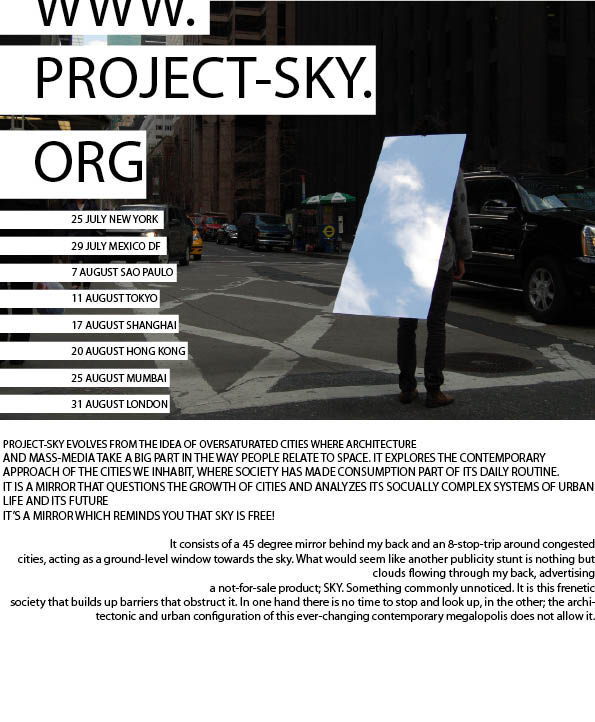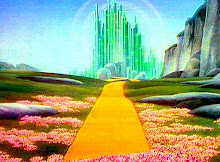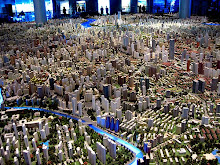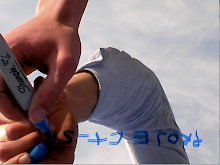
Sky is no longer to be seen from the street but by the reflection over Hi-tech façades. Inside the almond of the Ancient city, sky seems to resist, but the Bund has lost plenty of battles, and Pudong Area lost the war. China decided this riverbank to be the world finance reference centre, a Chinese hot-spot born inside the Great China, in order to end with the envies of foreigner Hong Kong. With this, all-traditional workers’ dwellings suddenly disappeared to leave space for the highest towers ever in Asia.
Furthermore, the Government has already planned 50 new satellite cities around Shanghai area over 200,000 people each, in order to fulfill this Modernity Anxiety.
Meanwhile, locals keep on living as their ancestors did. The limit of their own public space is the inner block with its tiny alleys. The boundaries of the block are left for “shopping windows”, while the whole social life is done inside them. Little shops, standing bars, table-games between neighbors, grills, drying clothes, … behind the limit line of the block, as if they were afraid of what is going on out there.


With a “lack of everything”, they know how to survive with the minimum resources. As seen in their multiple electric bicycles -the means of transportation for everyday life, the equivalent of pick-ups in rural Mexico-. Either used as family transport, office, goods-trolley, or as spontaneous taxis for foreigners.
...We could not resist and we had to rent one of those "electricycles" to give sky away with the mirror all around the city!

Traditional Chinese people are afraid of losing their roots with all these new developments. New middle points between contemporary skyscrapers and local noodles are to be negotiated. Meanwhile, they will have to deal with unusual situations, such as the latest hybrid typology of ancient temples, whose ground floor works as a shopping mall.



















No comments:
Post a Comment